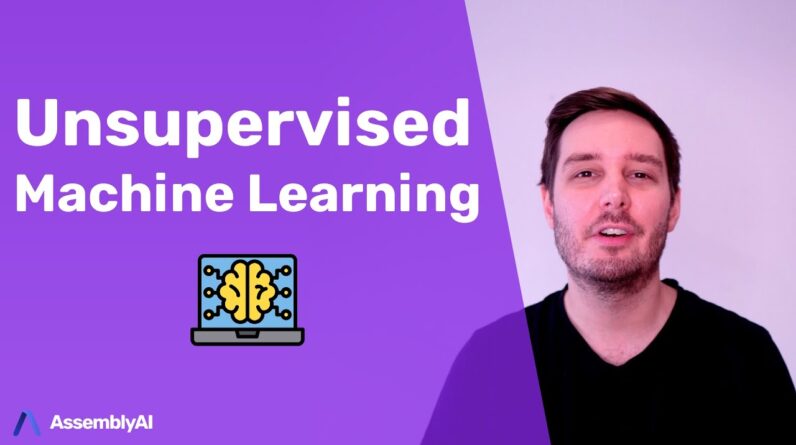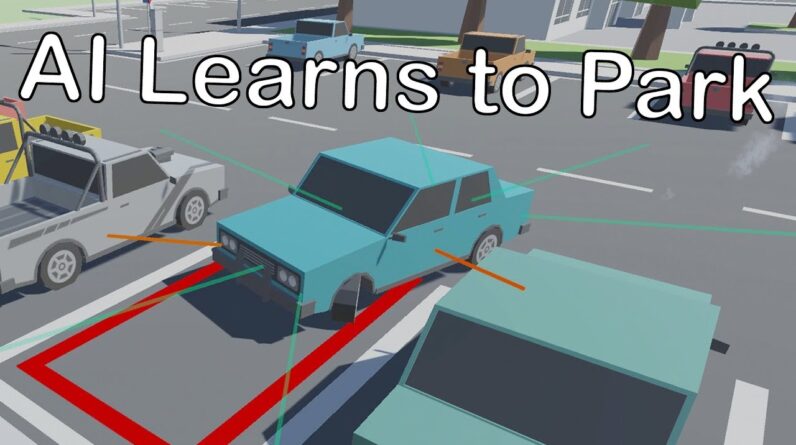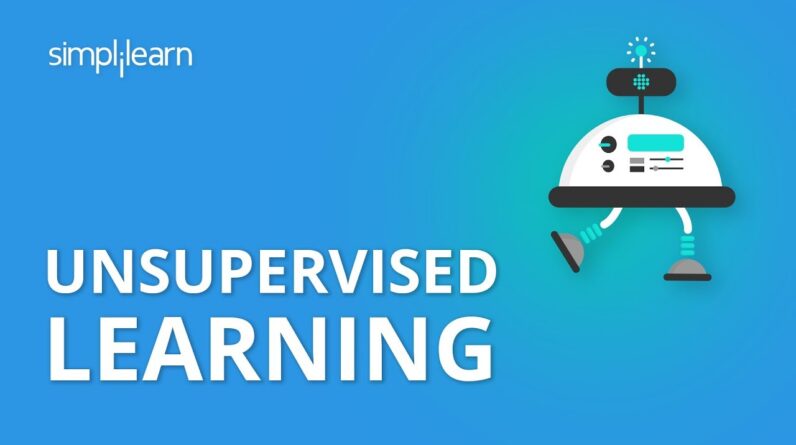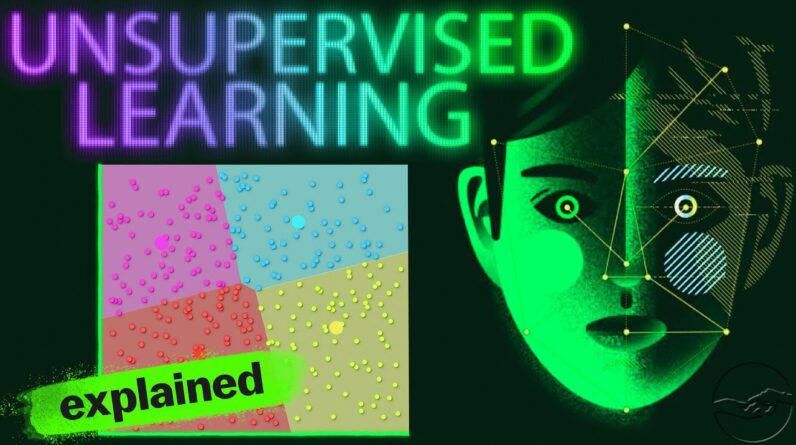Welcome to our latest post where we delve into the fascinating world of machine learning. In this article, we’ll explore the exciting field of unsupervised learning and provide insights and learnings from the renowned experts in Georgia Tech. Whether you’re a seasoned data scientist or just starting out, you’re sure to gain valuable knowledge from our exploration of unsupervised learning. So, let’s get started!
Exploring Unsupervised Learning in Machine Learning: Insights from Georgia Tech
If you are interested in Artificial Intelligence, then you must have heard of Machine Learning. Machine Learning is the current darling of the technological world. It is the art and science of training machines to learn from data, so that they can make predictions or decisions on new unseen data. Unsupervised Learning is one of the most fascinating areas in Machine Learning. In this article, we will explore Unsupervised Learning in Machine Learning and gain insights from Georgia Tech.
Introduction
Machine Learning has been applied to many fields in recent times, such as image recognition, speech recognition, natural language processing, and much more. Simply put, Machine Learning algorithms can learn patterns in data, which are then used to make predictions on new data samples. Unsupervised Learning is one such area of Machine Learning, where the algorithms learn from data that has not been previously labeled or categorized.
In this article, we will explore the concept of Unsupervised Learning in Machine Learning. We will also discuss the insights provided by researchers at Georgia Tech in this field. We will explore various aspects of Unsupervised Learning, including its benefits, applications, and challenges.
Benefits of Unsupervised Learning
Unsupervised Learning algorithms have numerous benefits over their supervised counterparts. Some of these benefits are:
1. No need for labeled data
Supervised Learning requires labeled data, which is expensive, time-consuming, and may not be easily available. Unsupervised Learning, on the other hand, can learn from unstructured and unlabeled data. This means that Unsupervised Learning algorithms can be trained on vast amounts of data without the need for any labeling.
2. Discover hidden patterns and relationships
Unsupervised Learning algorithms can discover hidden patterns and relationships in data, which may not be apparent to human experts. These hidden patterns and relationships can be used to make predictions on new data samples.
3. Scalability
Unsupervised Learning algorithms are highly scalable, as they can learn from large amounts of data without the need for additional resources. This makes Unsupervised Learning algorithms ideal for Big Data applications.
4. Anomaly detection
Unsupervised Learning algorithms can detect anomalous data samples in a dataset. This can be very useful in fields such as fraud detection, where anomalous samples may indicate fraudulent activity.
5. Reduce manual effort
Unsupervised Learning algorithms can automate manual efforts in fields such as data cleaning and feature engineering. This can help save time and resources.
6. Discover new insights
Unsupervised Learning algorithms can discover new insights in data, which may not be possible to discover using traditional methods.
7. Enhance accuracy
Unsupervised Learning algorithms can enhance the accuracy of supervised learning algorithms, as they can pre-process data and identify valuable features, which can be used to train models.
Conclusion
Unsupervised Learning is an exciting and expanding area of Machine Learning. The benefits of Unsupervised Learning algorithms such as scalability, anomaly detection, and discovering new insights are invaluable for solving complex business problems. Georgia Tech has been at the forefront of research in this area, whose insights are proving to be vital for businesses to stay ahead of the curve.
5 unique FAQs after The Conclusion
- What industries use Unsupervised Learning for business applications?
- What are the drawbacks of using Unsupervised Learning algorithms?
- How long does it take to learn and implement Unsupervised Learning algorithms?
- What factors should be considered when choosing a financing option for a home?
- How does developmental trauma affect an individual’s personal relationships?






